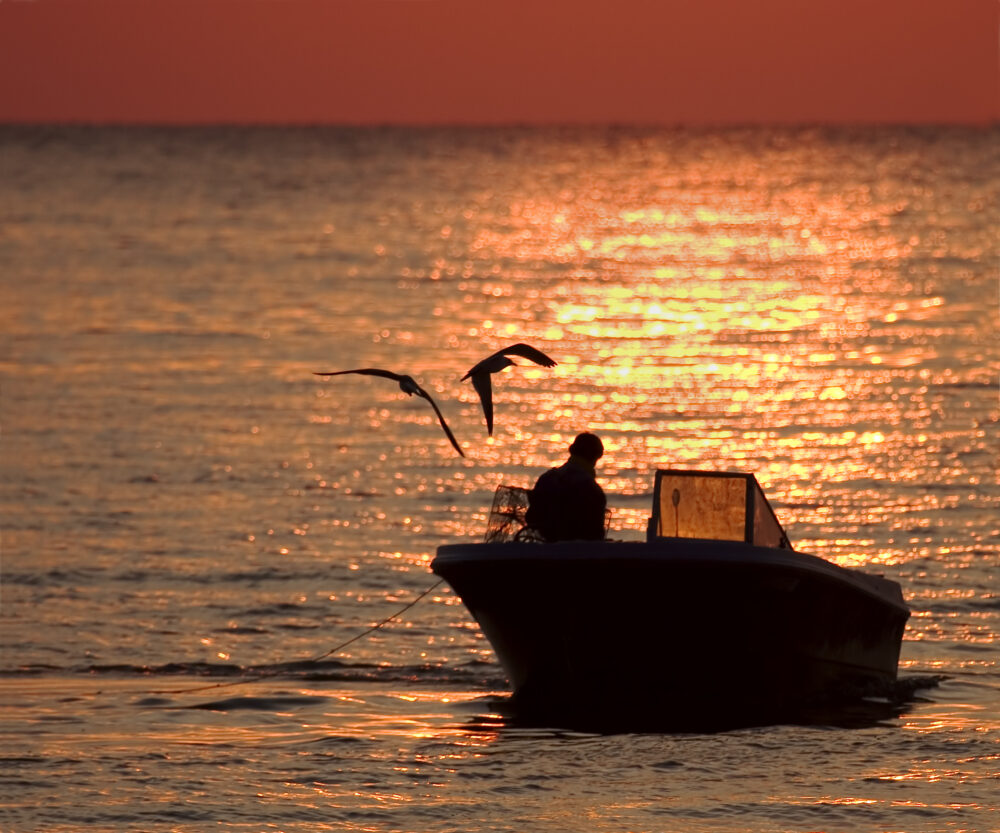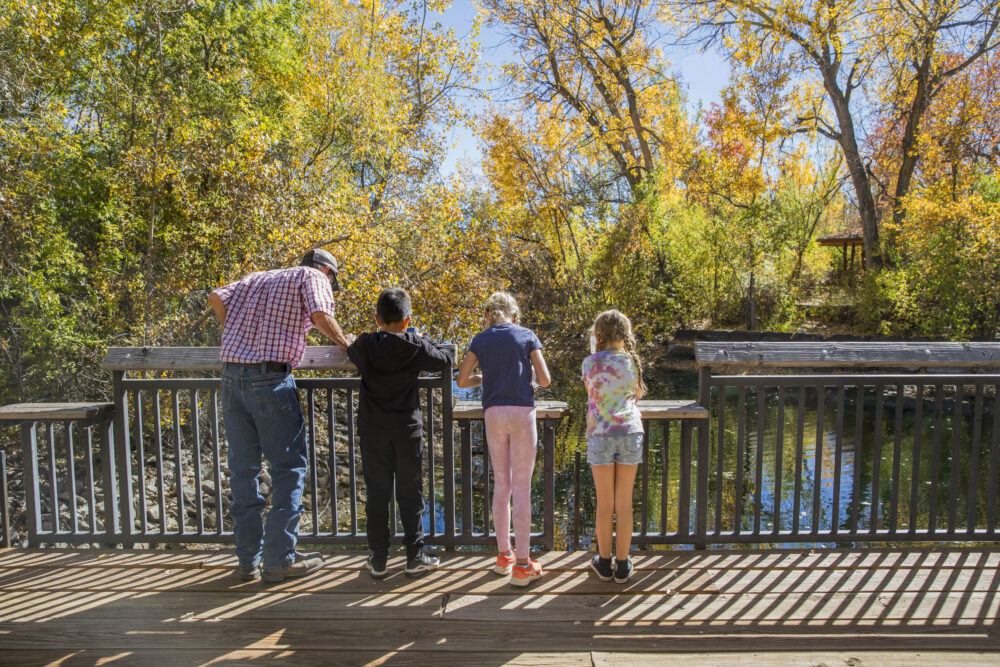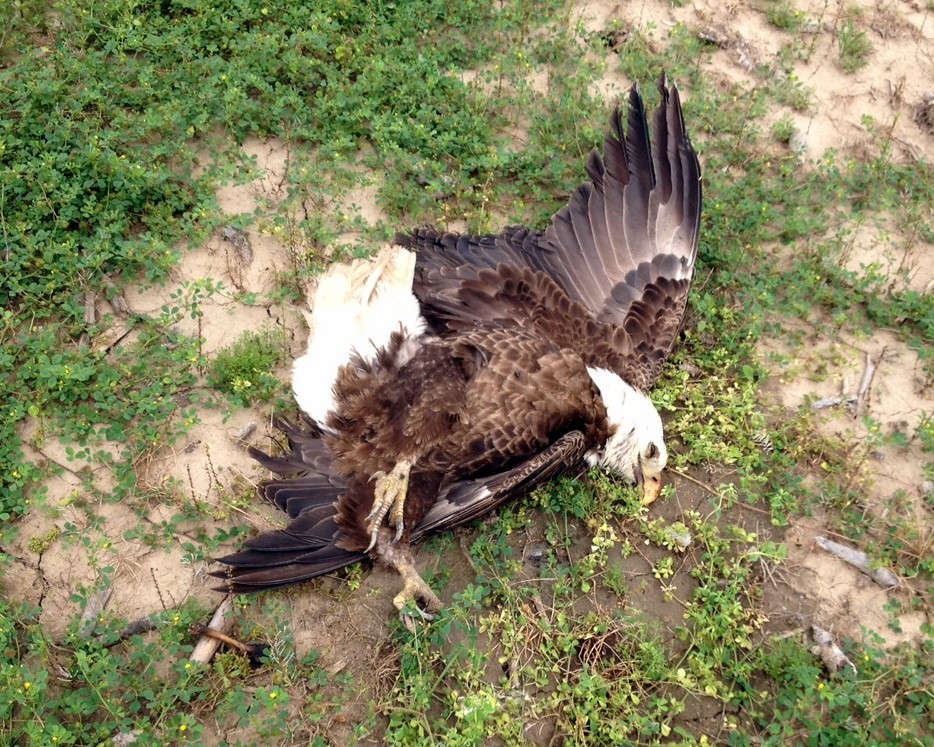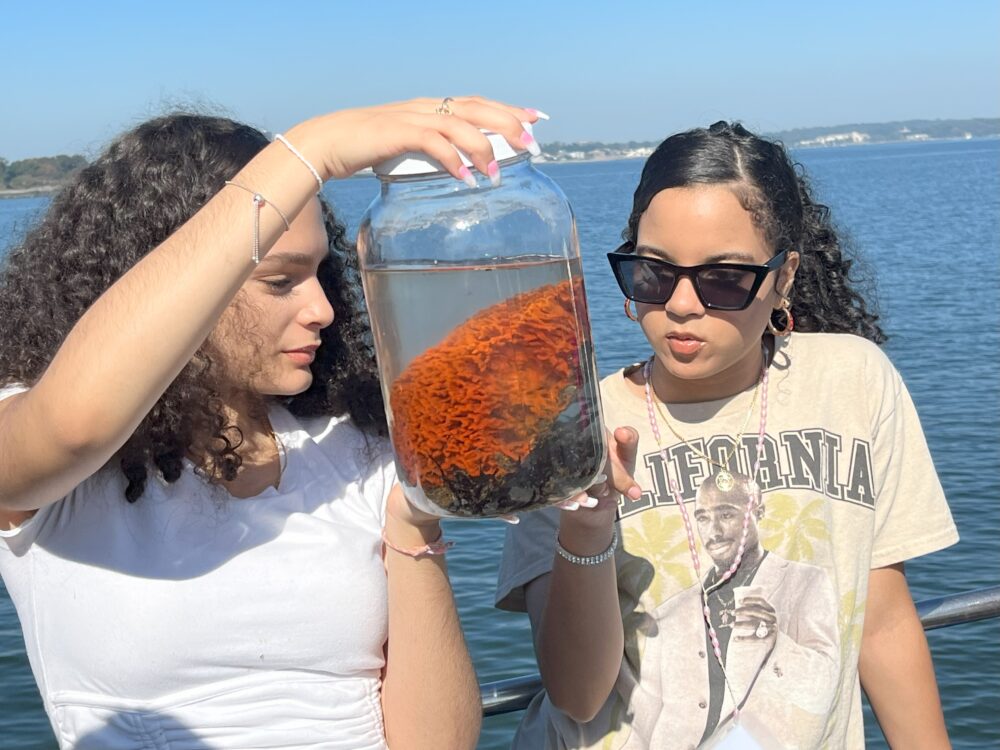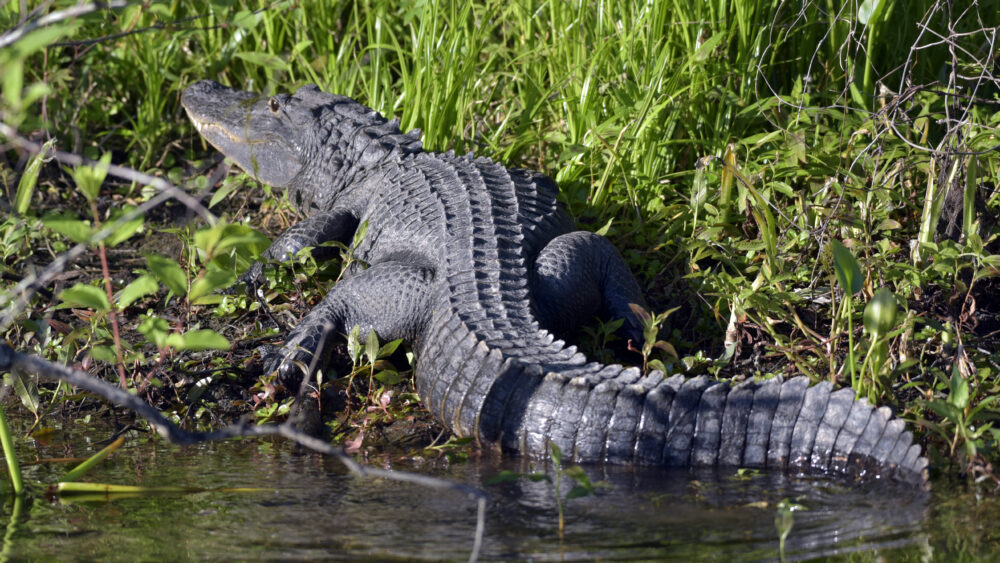We have much more to do and your continued support is needed now more than ever.
Waterways for Wildlife
Celebrate National Wildlife Refuge Week
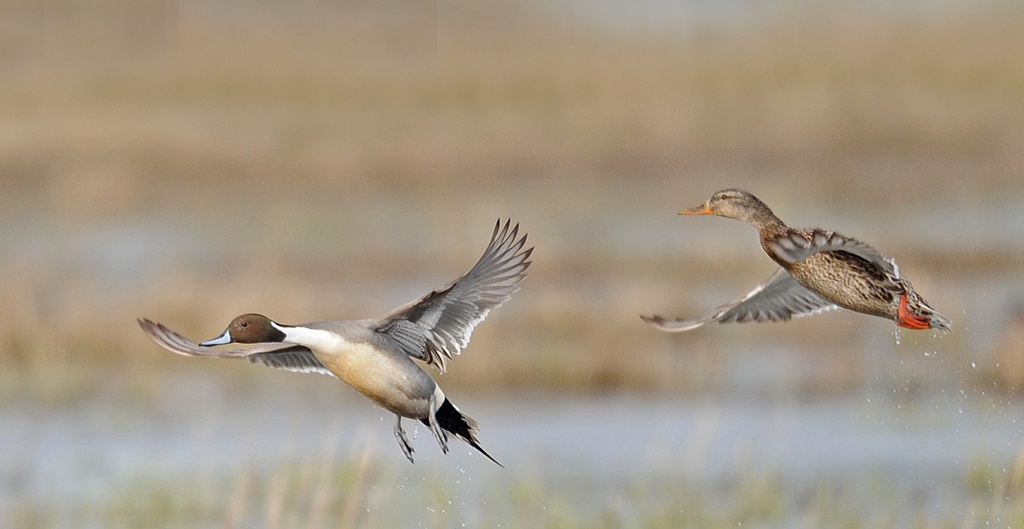
Several National Wildlife Federation programs support the waterways and habitats in these important lands. Here are a few of our favorites:
Supawna Meadows National Refuge
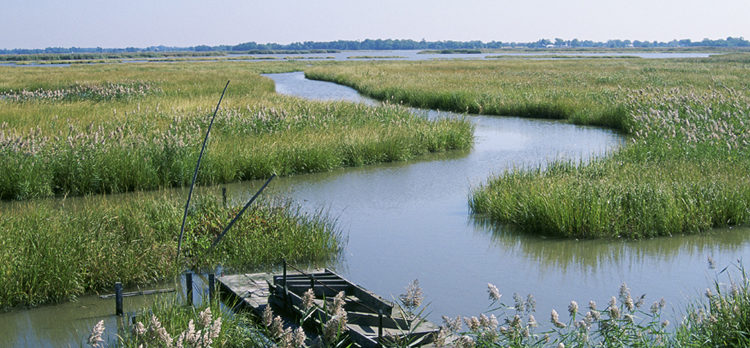
The Supawna Meadows National Refuge in New Jersey offers visitors the chance to see the largest heron rookery in the mid-Atlantic. Over 12,000 birds nest on Pea Patch Island, creating an exciting experience for bird watchers. The Supawna Meadows National Refuge is one of the six refuges in the Delaware River Basin protecting many acres for fish and wildlife and wildlife-associated recreation. As part of the Coalition for the Delaware River Watershed, the National Wildlife Federation works to protect the wildlife and habitat within the Delaware River Basin.
The Delaware River creates internationally important wetlands and provides habitat for shorebirds and other wildlife in the refuge. You may camp, fish, or hunt on the refuge with a permit.
Charles M. Russell National Wildlife Refuge
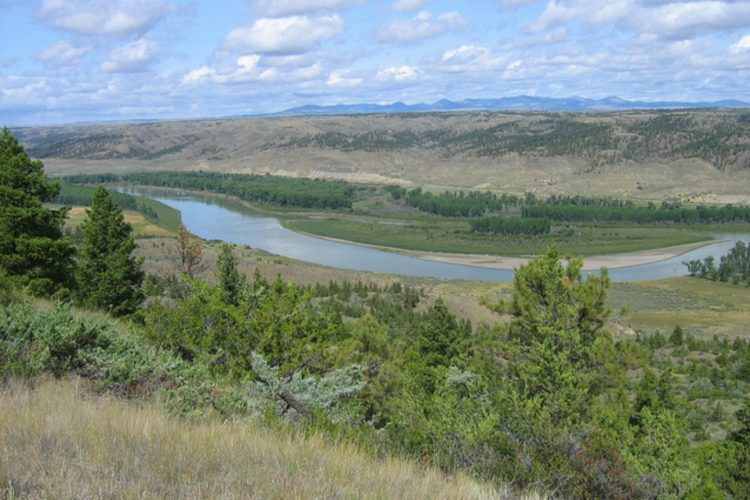
The Missouri River cuts through the Charles M. Russell National Wildlife Refuge in Montana, providing habitat and drinking water for elk, waterfowl, prairie dogs, bison, and more. At this time of year, elk are common sights throughout the refuge — wildlife watchers using the river as a guide are sure to spot wildlife activity near the shores.
A designated area of the Missouri River becomes part of the National Wild and Scenic River System, in an area where NWF has helped protect important wildlife habitat for bison, bighorn sheep, and others through our Adopt a Wildlife Acre program. Visitors can camp, hunt, and fish on the refuge with a permit.
Imperial National Wildlife Refuge
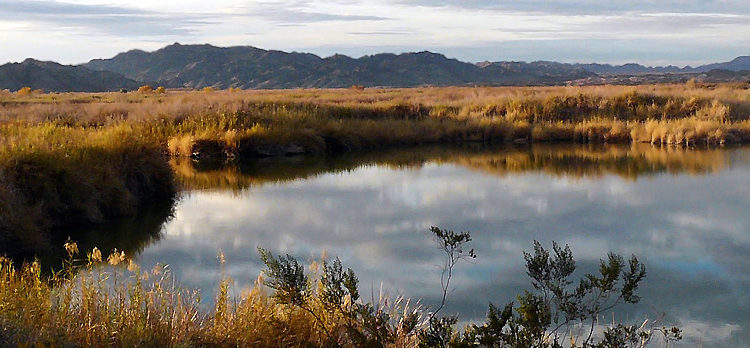
Located in Arizona and California, the Imperial National Wildlife Refuge protects thirty miles of the lower Colorado River. Through our Tribal Partnership Program, the National Wildlife Federation works with the various tribes in the area to protect the lower Colorado River.
The river creates important wetlands and marshes that offer nesting and feeding areas for wildlife, including many bird species such as cinnamon teal and northern pintail. The refuge’s surrounding desert landscape is also home to a variety of wildlife of all sizes, such as a bighorn sheep, mule deer, lizards, beaver, and the endangered Yuma clapper rail. Visitors can camp, hunt, and fish on the refuge with a permit.
Wildlife and their habitat need clean water found in wild places like national wildlife refuges to survive. Help the National Wildlife Federation continue protecting clean water on public lands.
Take Action















